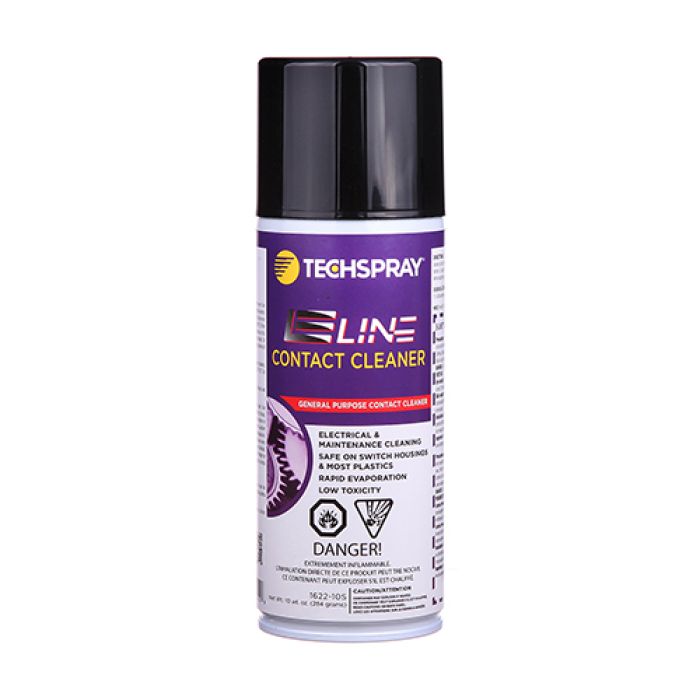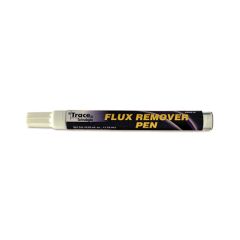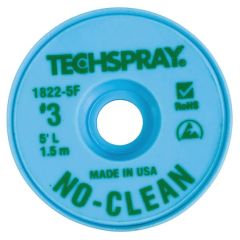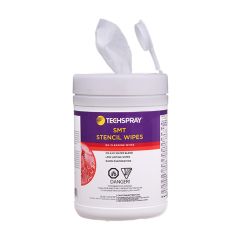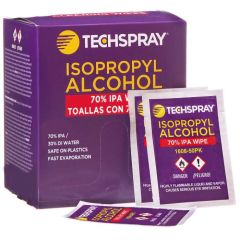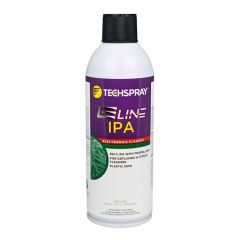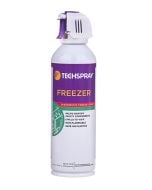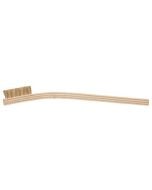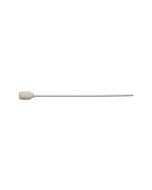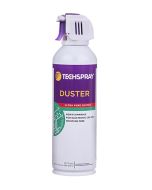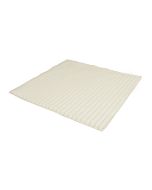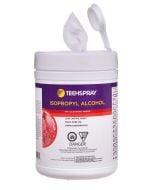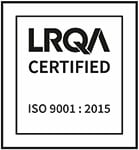
E-Line Contact Cleaner, 10 oz. Cans
Powerful and economical electronic contact cleaner in an aerosol can. Remove oxidation, oil and other contaminants from contacts, metal switches, motors relays, generators, edge connectors, buss bars, circuit breakers, scales, and sensors.
- Powerful cleaner
- Ideal for sensitive plastics
- Low toxicity
- Non-ozone depleting
- Buy 12 for $18.44
- Buy 50 for $18.25
- Buy 100 for $18.06
FAQs
How do you know the safe exposure limit of a degreaser, contact cleaner, or flux?
The personal hazard associated with a solvent is often defined using the Threshold Limit Value (TLV), which is the recommended average exposure in an 8-hour day, 40-hour work week. The lower the TLV of a particular substance, the less a worker can be exposed to without harmful effects. TLV is stated on the SDS of chemical products, in addition to recommended personal protection equipment (or PPE). The threshold limit value of a solvent is generally set by the American Conference of Governmental Industrial Hygienists (ACGIH). The unit of measure is Parts Per Million (PPM).
How do I properly dispose of an aerosol can after it is empty?
It may be different state by state, so contact your state environmental agency for regional-specific regulations. For a general guideline, here is the process according to EPA hazardous waste regulations 40CFR. The can has to be brought to or approach atmospheric pressure to render the can empty. Puncturing is not required, only that it “approach atmospheric pressure”, i.e. empty the can contents until it’s no longer pressurized. This insures that as much contents as is reasonably possible are out of the can. It is then considered “RCRA-empty”. At that point, it can be handled as any other waste metal container, generally as scrap metal under the recycling rules. Note that the can is still considered a solid waste at this point (not necessarily hazardous waste).
How do I figure out the shelf life of a product?
The shelf life of a product can be found on either the technical data sheet (TDS), available on the product page, or by looking on the certificate on conformance (COC). Once you have the shelf life, you will need to add it to the manufacture date for a use-by date. The manufacture date can be identified by the batch number. The batch code used on most of our products are manufacture dates in the Julian Date format. The format is YYDDD, where YY = year, DDD = day. For example, 19200 translates to the 200th day of 2019, or July 19, 2019.
*This item is hazardous and will be subject to an additional Hazmat fee
| Sell Unit | Each |
|---|---|
| PAC Item Code | I173325 |
| MFG Part Number | 1622-10S |
| Brand | TechSpray |
| Type | Contact Cleaner |
| Size | 10 oz. |

